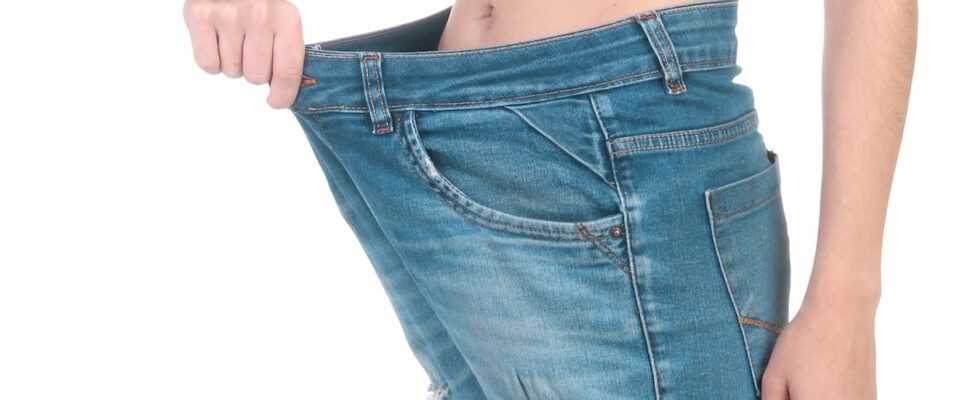For several weeks, months, you have paid attention to the contents of your plate, limiting fatty and sugary foods, while practicing regular physical activity. As a result, the scale displays a few pounds less. But concretely, where did they go?
Does fat turn into muscle? In energy? In organic waste? In reality, the fat leaves mainly in the atmosphere, during the exhalation of air. When you lose weight, more than 80% of the fat is indeed evacuated by the lungs in the form of carbon dioxide (CO2). As for the remaining 20%, they are evacuated in the form of bodily fluids.
In contact with the oxygen that we breathe, the carbon, hydrogen and oxygen atoms contained in the fat cells are converted into CO2 and water (H2O). Carbon dioxide is released into the blood, then eliminated by respiration, and water is evacuated via urine, feces, perspiration, or even tears.
According to the two researchers from the Australian University of New South Wales, Ruben Meerman and Andrew Brown, when you lose 10 kilos of fat, or about 94,000 calories, nearly 29 kilos of oxygen are inspired, 8.4 kilos fly away in the air and 1.6 kilos turn into water.
During your next sports session, remember that when your breathing rate increases, when more air enters the body, and when you start to sweat, it is because the degradation process fats is on. However, it is useless to force yourself to breathe larger volumes of air.
This does not accelerate weight loss and could even be dangerous for your health, in particular by causing hyperventilation (or excessive breathing). A respiratory disorder which may be accompanied by dizziness and lead to syncope (loss of consciousness).
